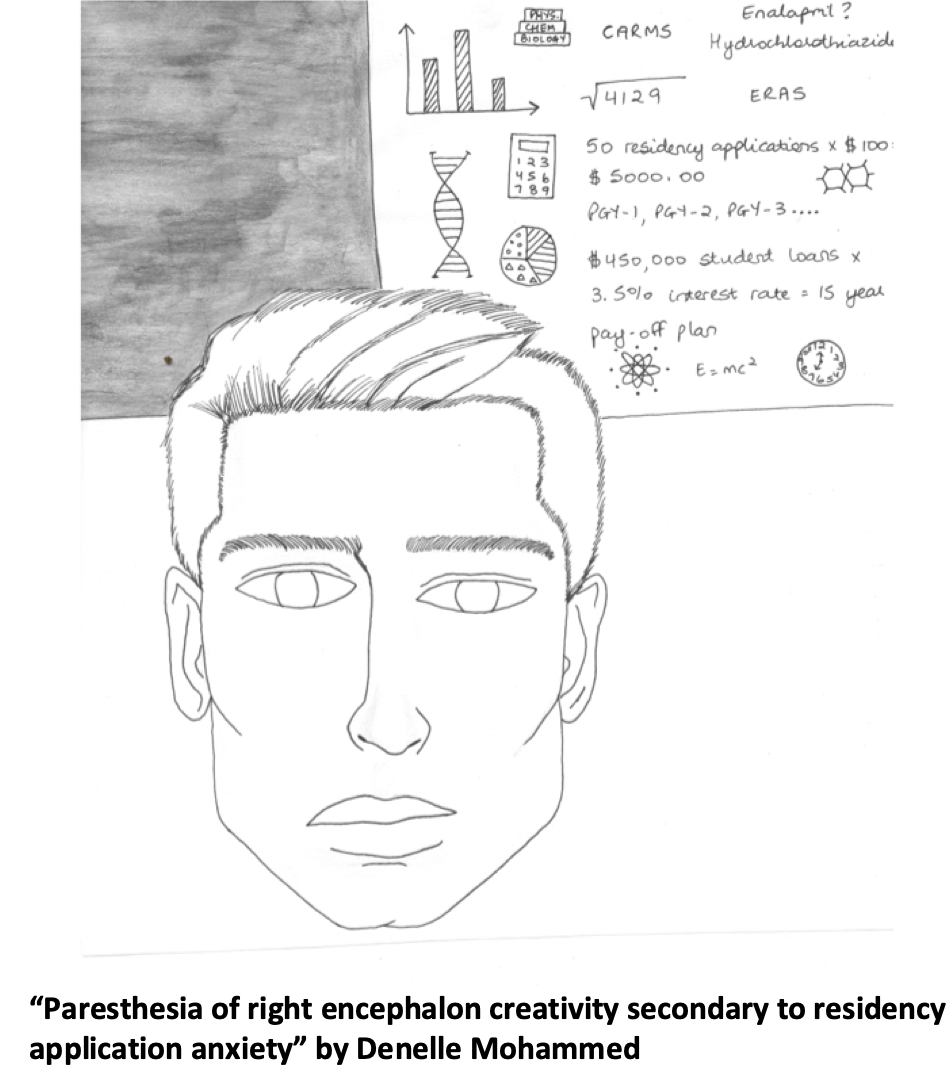The relationship between regional medical campus enrollment and rates of matching to family medicine residency
DOI:
https://doi.org/10.36834/cmej.69328Abstract
Background: The Michael G. DeGroote School of Medicine expanded its medical education across three campus sites (Hamilton, Niagara Regional and Waterloo Regional) in 2007. Ensuring the efficacy and equivalency of the quality of training are important accreditation considerations in distributed medical education. In addition, given the social accountability mission implicit to distributed medical education, the proportion of learners at each campus that match to family medicine residency programs upon graduation is of particular interest.
Methods: By way of between campus comparisons of Canadian Residency Matching Service (CaRMS) match rates, this study investigates the family medicine match proportion of medical students from McMaster’s three medical education campuses. These analyses are further supported by between campus comparisons of Personal Progress Index (PPI), Objective Structured Clinical Examination (OSCE), Medical Council of Canada Qualifying Examination-Part 1 (MCCQE1) performances that offer insight into the equivalency and efficacy of the educational outcomes at each campus.
Results: The Niagara Regional Campus (NRC) demonstrated a significantly greater proportion of students matched to family medicine. With respect to education equivalency, the proportion of students’ PPI scores that were more than two SD below the mean was comparable across campuses. OSCE analysis yielded less than 2% differences across campuses with no differences in the last year of training. The MCCQE1 pass rates were not statistically significant between campuses and there were no differences in CaRMS match rates. With respect to education efficacy, there were no differences among the three campuses’ pass rates on the MCCQE1 and CaRMS match rates with the national rates.
Conclusions: Students in all campuses received equivalent educational experiences and were efficacious when compared to national metrics, while residency matches to family medicine were greater in the NRC. The reasons for this difference may be a factor of resident and leadership role-models as well as the local hospital and community environment.
Downloads
Downloads
Published
How to Cite
Issue
Section
License
Submission of an original manuscript to the Canadian Medical Education Journal will be taken to mean that it represents original work not previously published, that it is not being considered elsewhere for publication. If accepted for publication, it will be published online and it will not be published elsewhere in the same form, for commercial purposes, in any language, without the consent of the publisher.
Authors who publish in the Canadian Medical Education Journal agree to release their articles under the Creative Commons Attribution-Noncommercial-No Derivative Works 4.0 Canada Licence. This licence allows anyone to copy and distribute the article for non-commercial purposes provided that appropriate attribution is given. For details of the rights an author grants users of their work, please see the licence summary and the full licence.










